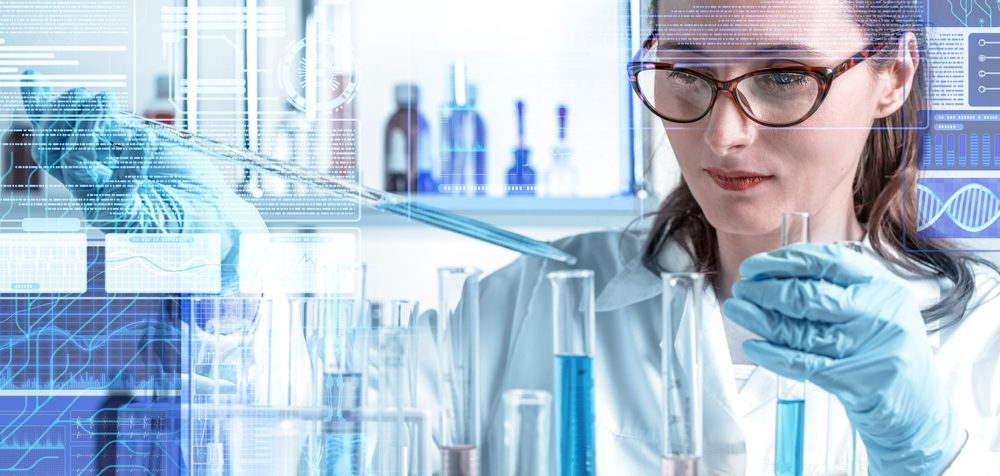
Stanford University has integrated AI-assisted imaging with the technology of the outdated inkjet printer to create a more efficient and cost–effective method for detecting bacteria in liquids, such as blood and wastewater. This technique could lead to almost immediate, inexpensive, and more accurate microbial assays of virtually any fluid for the presence of microbes.
“We can find out not just that bacteria are present, but specifically which bacteria are in the sample – E. coli, Staphylococcus, Streptococcus, Salmonella, anthrax, and more,” said Jennifer Dionne, associate professor of materials science and engineering at Stanford University. “Every microbe has its own unique optical fingerprint. It’s like the genetic and proteomic code scribbled in light.”
Our culturing methods currently in use can take hours to days to complete. According to the research team, the new test can be done in minutes and has the potential for better and faster diagnoses of infection, improved use of antibiotics, safer foods, enhanced environmental monitoring, and faster drug development.
The fact that bacteria display spectral fingerprints has been long known, but the new technique is able to specifically isolate those spectra from all of the light reflecting from each sample.
“Not only does each type of bacterium demonstrate unique patterns of light but virtually every other molecule or cell in a given sample does too,” said first author Fareeha Safir. “Red blood cells, white blood cells, and other components in the sample are sending back their own signals, making it hard if not impossible to distinguish the microbial patterns from the noise of other cells.”
To separate and amplify the light reflecting from the bacteria alone, the team combined the use of the inkjet printer, nanoparticle technology, and artificial intelligence. To enable the printer to handle biological samples, the team modified it to put samples to paper using acoustic pulses. Each sample droplet is so small they may hold just a few dozen cells. The samples were then infused with gold nanorods that attach themselves to any bacteria present. The nanorods act like antennae, drawing the laser light toward the bacteria and amplifying the signal by about 1500 times its unenhanced strength. Once detected, machine learning is used to compare the several spectra reflecting from each printed dot of fluid to identify the telltale signatures of any bacteria in the sample.
“It’s an innovative solution with the potential for life-saving impact. We are now excited for commercialization opportunities that can help redefine the standard of bacterial detection and single-cell characterization,” said senior co-author Amr Saleh, a former postdoctoral scholar in Dionne’s lab and now a professor at Cairo University.
